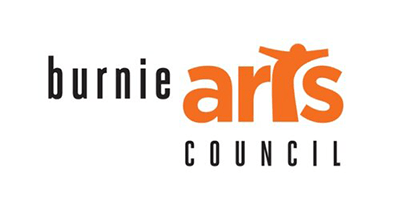Ramona is a Professor of Fashion Design and Illustration based in Memphis USA. She also works as a costume designer, stylist and consultant for film and television. Her works have been exhibited widely in exhibitions and fashion shows. Somehow, she also finds the time to undertake private commissions and lecture at the University of Memphis!
‘My couture pieces come from an artful, floatful place of upcycled steam pinks and greyed lavenders creating an edgy softness, a floral armour…’
While delicate and tender in palette, Ramona Sonin imbues her designs with the armoured feminine – both formally and materially. Brought the Garden In took around 300 hours to shred, stitch together, make every individual flower and then paint. Like the artist herself, the work is bewitched, an ethereal crusade: steam pink and unearth bound.
The dress is constructed of a base of shredded pieces of Japanese Ogura Lace Paper stitched together for the structure garment. It is embellished with 100’s of flowers created from the tearing of coffee filters into petals and shaped and moulded into flowers that were then painted and placed on the structure dress with Liquid Stitch.
Ramona says that the work ‘…definitely ‘brought the garden in’ to the studio and brightened up the winter months while bringing her to life and tapping into my inner mother nature. Fun fact is that the dress was inspired by a frothy and lavender drink at a local bar called the Cloud Nine. And oh yeah, my husband went without coffee some mornings!’
Materials: Dress: shredded pieces of Japanese Ogura Lace Paper. Flowers: coffee filters teared into petals, shaped and moulded into flowers, painted, attached to dress with Liquid Stitch.
Ramona’s WEBSITE



